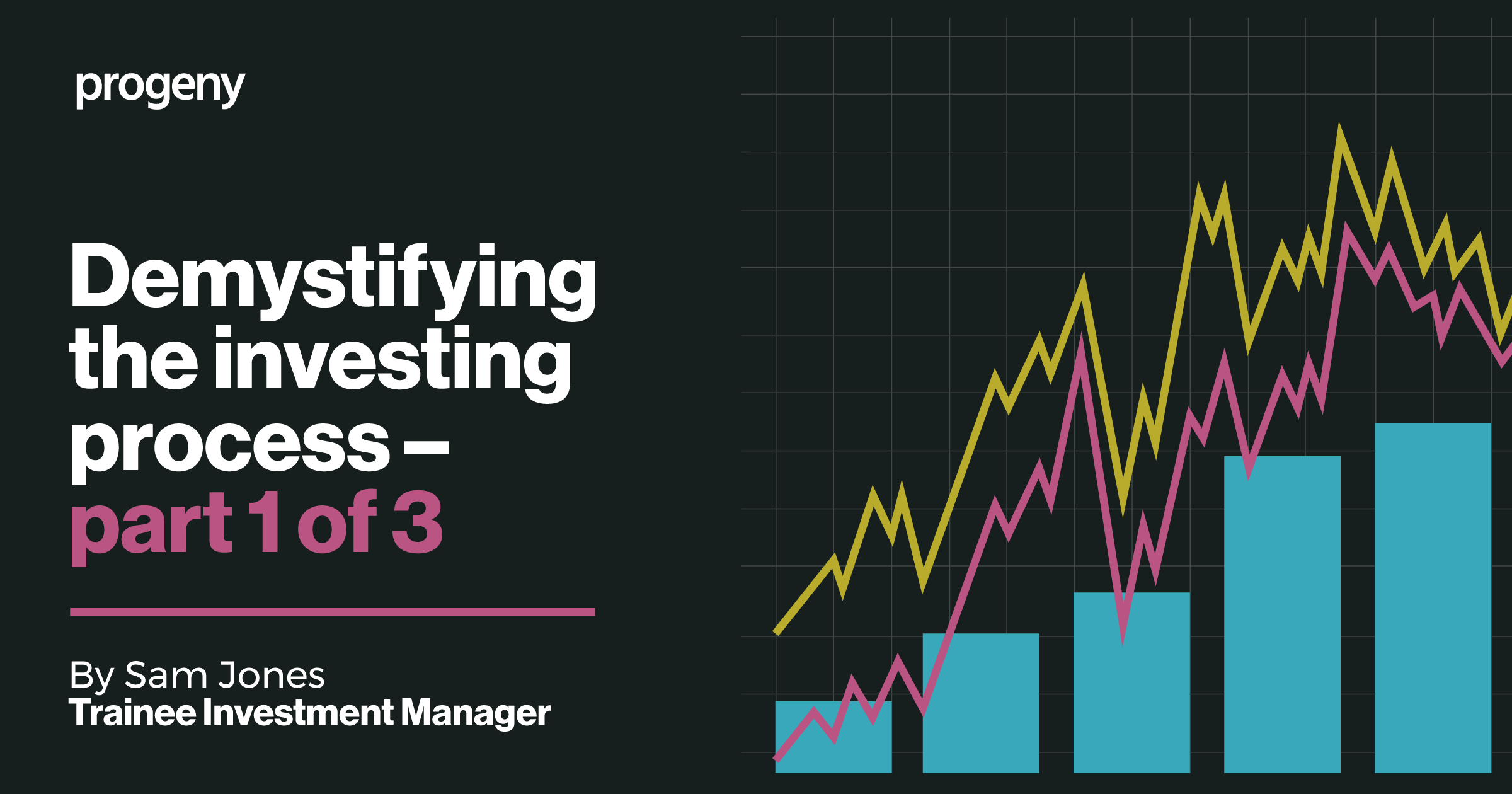
 If you’re considering investing in the stock market, there can be a lot of jargon which can sound complex and confusing. This three-part series aims to demystify investing and in this article I am going to go through the basics of what investing in the market means and what the different types of investments are.
If you’re considering investing in the stock market, there can be a lot of jargon which can sound complex and confusing. This three-part series aims to demystify investing and in this article I am going to go through the basics of what investing in the market means and what the different types of investments are.
Assets
When putting together an investment portfolio, in general, we split investments into two categories: defensive assets and growth assets. Defensive assets are lower risk assets which are more stable and can protect your portfolio in times of market stress. These traditionally tend to be government bonds and corporate bonds. Growth assets are typically equities, which are shares in companies.
Defensive assets – bonds
A bond is a contract between the issuer (the organisation borrowing the money) and the investor (the person lending the money) that the issuer will pay the investor a set amount of interest for being lent the sum of money.
In the case of government bonds, as an example, the UK government might issue a bond for 10 years at 1%. If an investor buys £1000 of this when it is first issued, they will receive £10 a year every year for 10 years and at the end of the 10 years they receive their £1000 back. The government will issue bonds at different maturities (lengths) which is also referred to as the ‘duration’ of the bond. When the issuer is either the UK or US government, an investment of this nature is considered very low risk, as it is very unlikely that the UK or US government won’t pay you the money back.
Corporate bonds work in exactly the same way but the contract is with a company and not a government. These come with more risk as there is more chance that a company will be unable to pay your set amount of interest and capital back at the end of the bond period. As a result, you will usually receive a higher rate of interest by holding a corporate bond than a government bond. Companies are rated depending on their credit quality (ability to pay back their debt), with the highest quality companies paying the least amount of interest and the lowest quality companies paying the most.
Bonds are by nature less risky than equities (which we will come on to below) because if a company goes bankrupt, the assets are sold and the bond-holders have to be paid back before the equity-holders receive any money.
Growth assets – equities
Growth assets are typically equities, which are shares in companies. An investor buys shares to get a return from the growth of the company. As the company grows, its value increases as it becomes a bigger company. The company can use the money it makes to pay shareholders a dividend out of its profits.
The equities are the part of the portfolio which are expected to have higher returns but come with more risk than bonds. Their returns are also more volatile than bonds which pay a set amount.
Equities are listed on the stock exchange which is the place they are traded. Each country has its own stock exchange with the UK’s being the London Stock Exchange. The price of a share is determined by what investors are willing to buy and sell the share for. Investors use many different ways to value shares and this helps determine the price of a company.
Getting the right balance
The key for portfolios is to have the correct balance between growth and defensive assets depending on an investor’s risk appetite and capacity for loss. A higher risk investor would have more money in equities and a lower risk investor would have a higher allocation towards bonds.
In the next article in this three-part series we will be looking more closely at how we tailor portfolios for individual investors, taking into account what they are looking to achieve and how their investment portfolio fits with their financial plan.
Click here to read Demystifying the investing process – part 2 of 3






